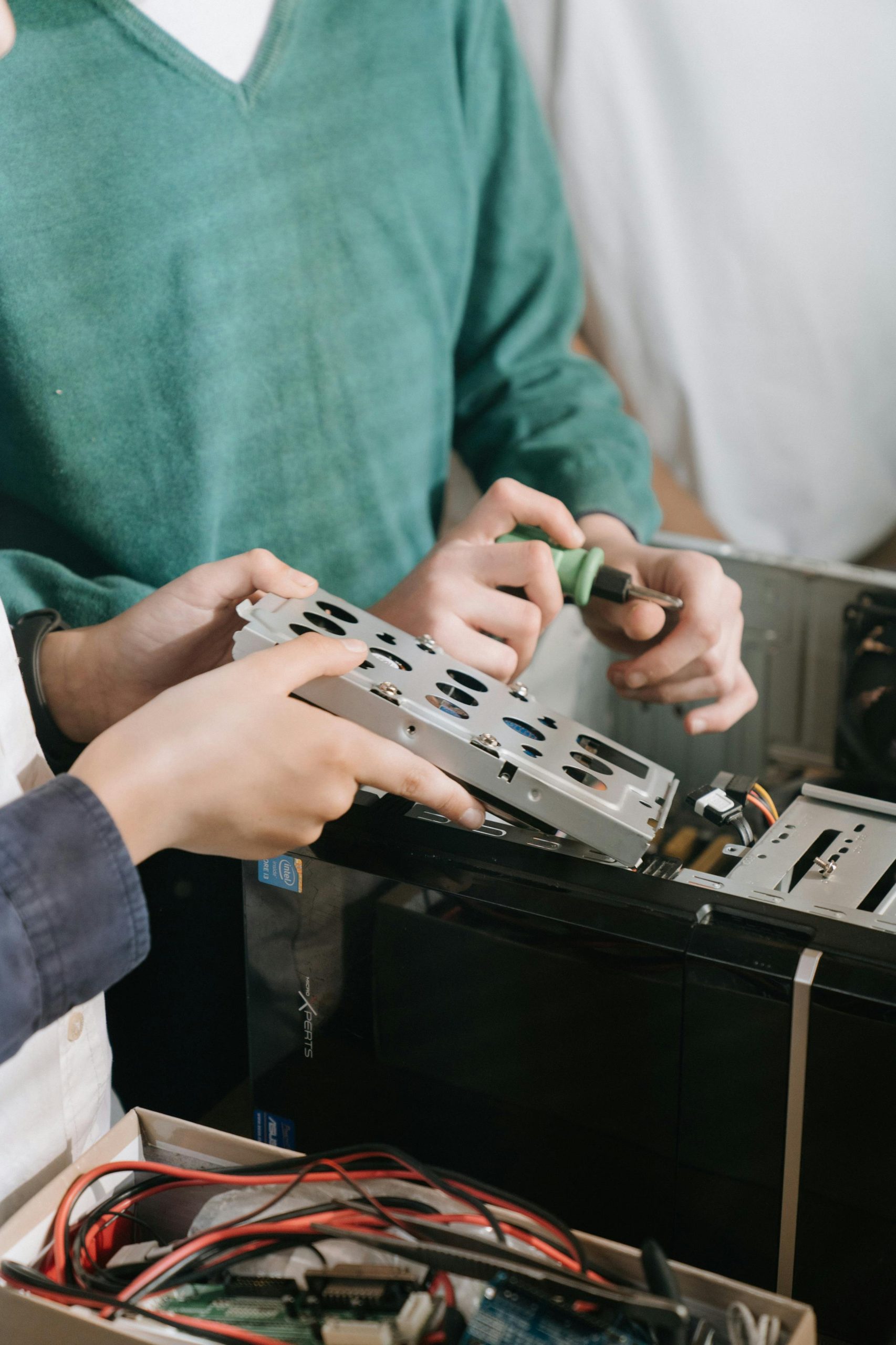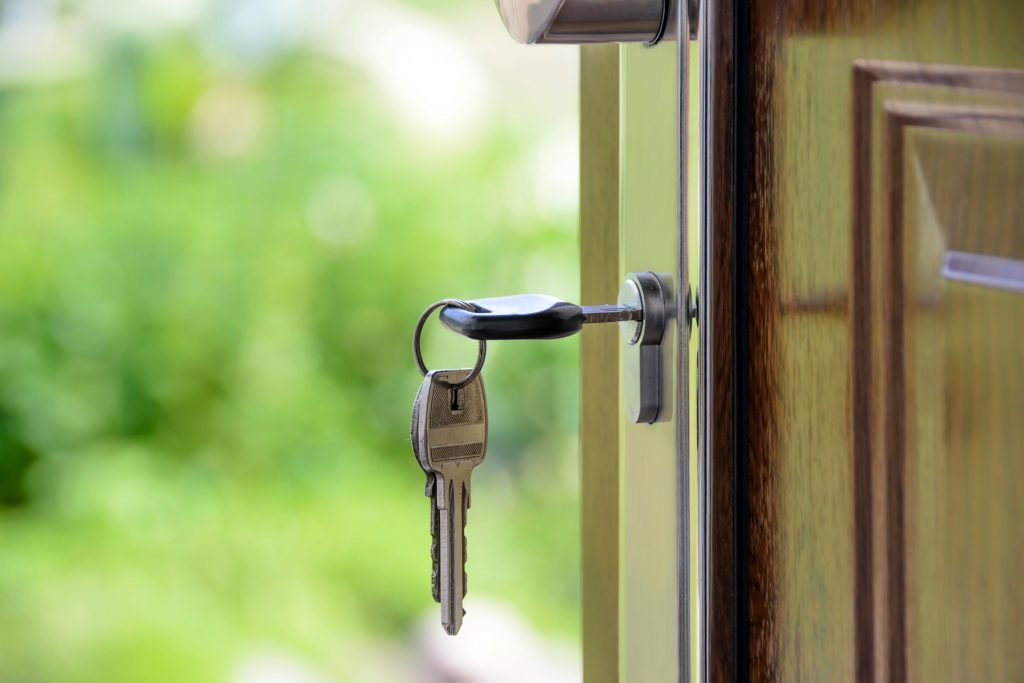Recovering Lost Data: A Cautionary Tale of Hard Drive Repair on Windows
Recently, while using my hard drive on a Windows 10 system, I encountered a troubling issue. After reconnecting my Seagate Firecuda gaming drive—which I primarily use with my Mac—I received a message indicating that several files had become corrupted. Faced with the option to repair the drive, I felt compelled to proceed, thinking it would resolve the problem.
However, after the repair operation was completed, I discovered an unsettling reality: a significant portion of my data was missing. This unfortunate incident serves as a stark reminder of the potential risks associated with automatic repair functionalities in operating systems.
Having previously relied on this hard drive for countless files without issue, it was alarming to realize that my data was now at risk. Despite my reticence, I decided that seeking professional data recovery assistance was critical at this juncture to prevent any further loss.
If you find yourself in a similar situation, consider the following steps before proceeding with any repair options:
-
Assess the Damage: Take a moment to determine how much data has been lost or corrupted, and avoid making further changes to the drive.
-
Avoid Automatic Repairs: If possible, refrain from using automatic repair options on external drives, as these could lead to unintended data loss.
-
Backup Important Files: Regularly back up your data to multiple locations to minimize the risk of total loss in the event of a drive failure.
-
Consult Professionals: When in doubt, reach out to data recovery specialists who can provide expert assistance in retrieving lost files without causing additional harm.
It’s a tough lesson learned, but it emphasizes the importance of caution when handling external storage devices, especially those used across different operating systems. Remember, preserving your data is always paramount, and taking preventative measures can save you from the frustration of a potential data disaster.
Share this content:




Thank you for sharing your detailed experience. Data loss during drive repairs can be very distressing, especially when working with external drives used across multiple systems. To help mitigate such issues in the future, consider implementing the following best practices:
If your data is critically important and software-based recovery attempts fail, professional data recovery services are best equipped to handle complex cases without risking further damage.
Feel free to reach out if you need guidance on specific recovery tools or backup strategies.